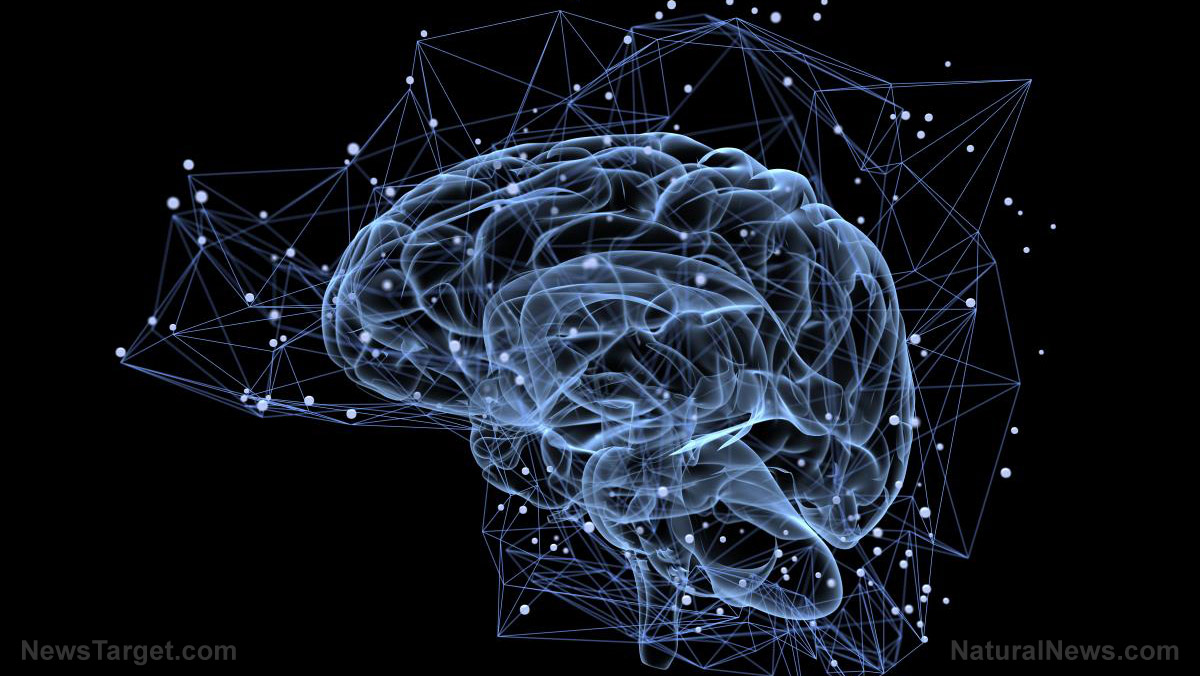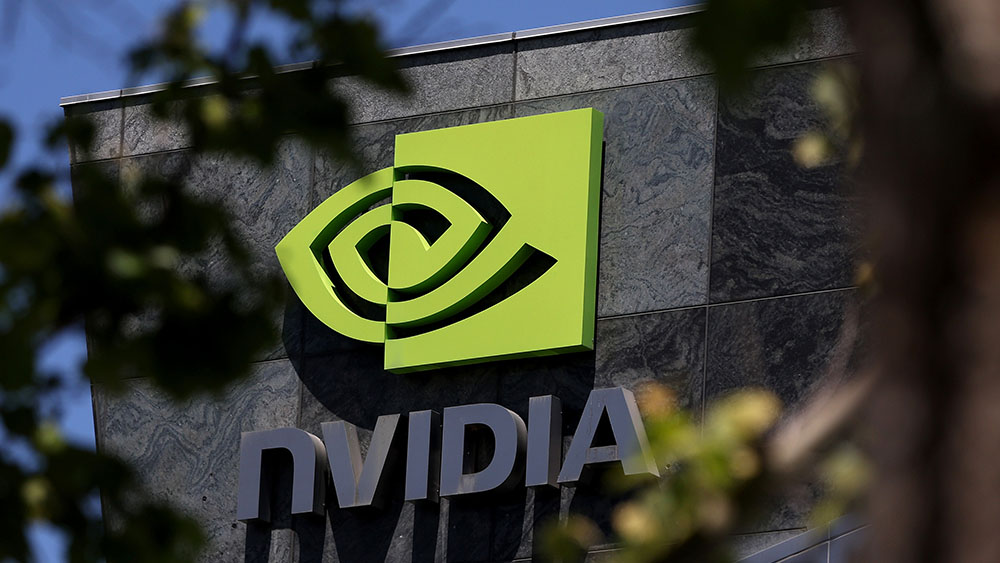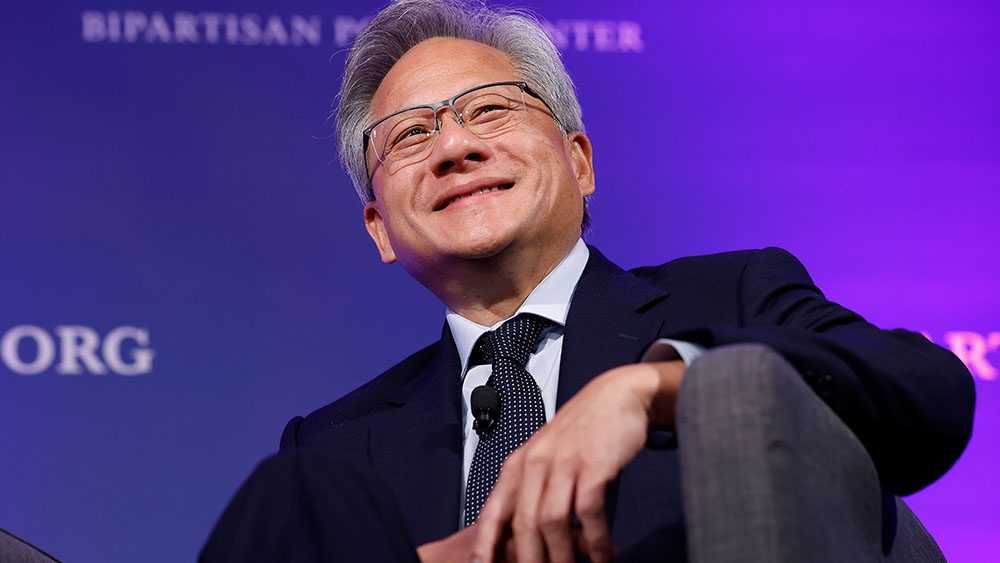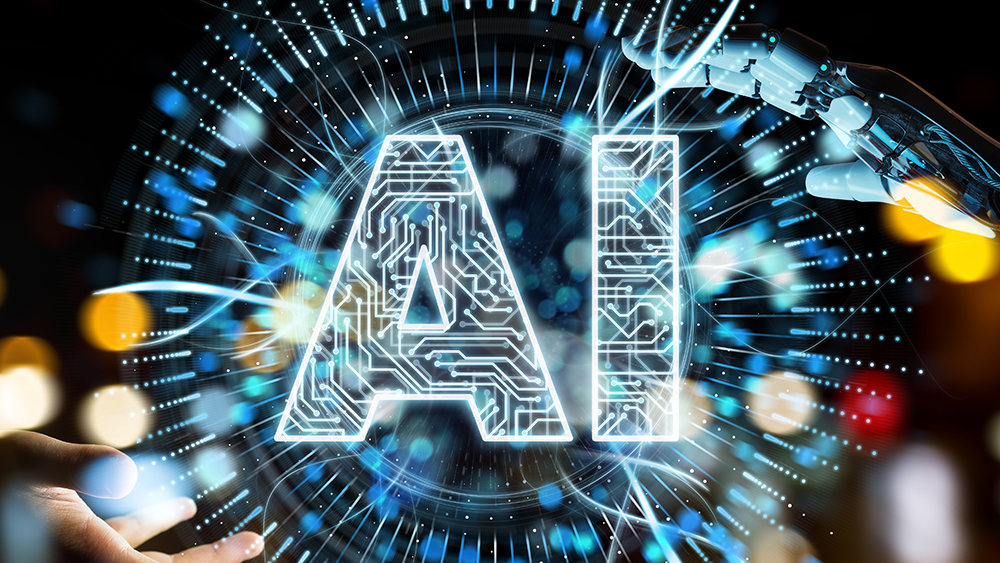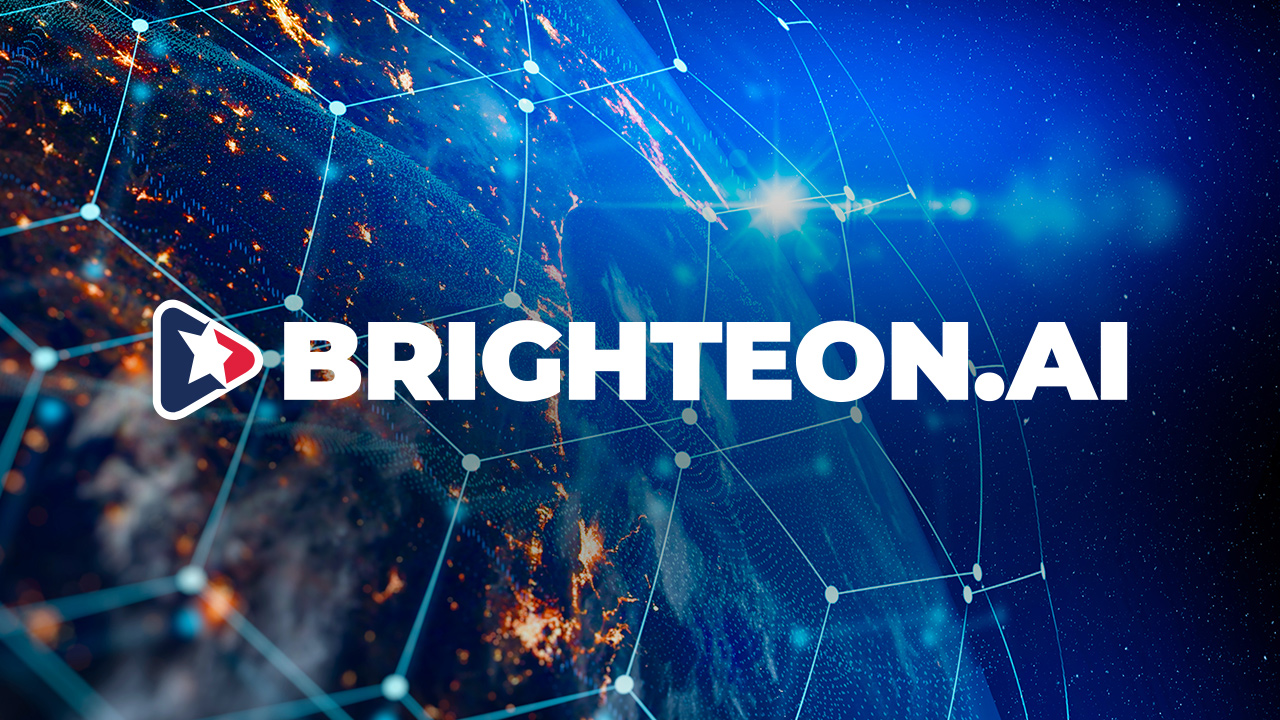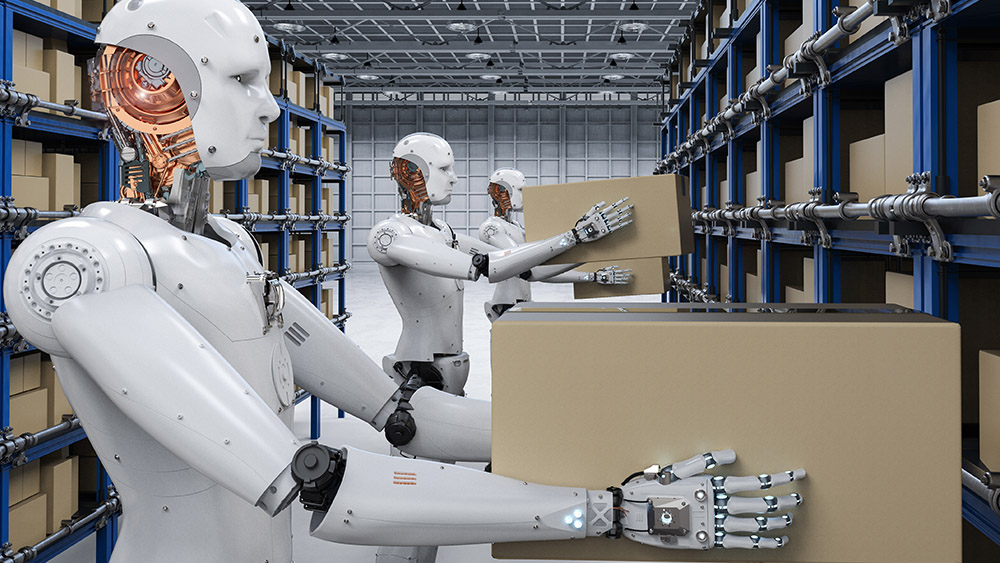Taiwan warns of security risks and political bias in Chinese AI models
11/19/2025 / By Kevin Hughes
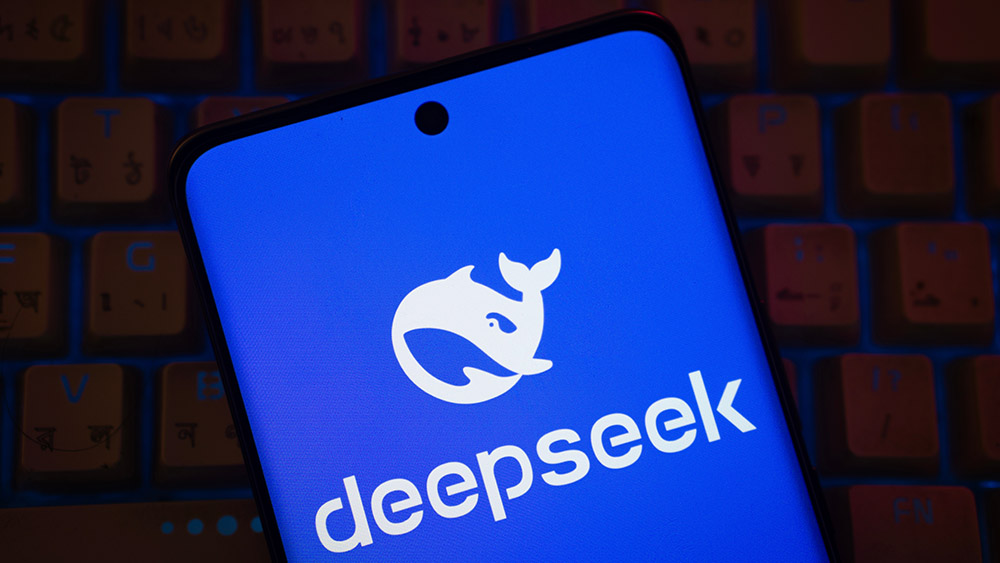
- Taiwan’s NSB identified alarming cybersecurity vulnerabilities in five Chinese AI models (DeepSeek, Doubao, Wenxin Yiyan, Tongyi, Yuanbao), including unauthorized data harvesting, location tracking, and forced privacy policy acceptance. Alibaba’s Tongyi failed 11/15 security checks.
- These AI models can generate malicious scripts and exploit vulnerabilities, posing risks of remote cyberattacks—raising concerns about espionage and data breaches under China’s National Intelligence Law.
- The models systematically push CCP narratives, falsely labeling Taiwan as “part of China,” omitting Tiananmen Square references, and framing disputes like the South China Sea exclusively from Beijing’s perspective.
- User interactions with these AI tools expose sensitive data to CCP surveillance, prompting bans in Australia, Canada, and the U.S. Taiwan has prohibited DeepSeek on government devices since February.
- Taiwan urges citizens and businesses to avoid Chinese AI apps, warning that adoption risks surrendering privacy and truth. The NSB pledges to collaborate with allies to counter digital threats from authoritarian tech.
Taiwan’s National Security Bureau (NSB) has issued a stark warning against five Chinese-developed artificial intelligence (AI) models, citing severe cybersecurity vulnerabilities and politically manipulated outputs that align with Beijing’s propaganda.
The NSB, in collaboration with the Ministry of Justice Investigation Bureau and the National Police Agency’s Criminal Investigation Bureau, conducted an extensive review of DeepSeek, Doubao, Wenxin Yiyan, Tongyi and Yuanbao, concluding that all exhibit alarming security flaws and censorship aligned with Chinese Communist Party (CCP) doctrine.
The assessment, based on 15 security indicators, found that these AI models aggressively collect user data, including:
- Location tracking
- Unauthorized screenshot capture
- Forced acceptance of invasive privacy policies
- Extraction of device parameters
Among the five, Tongyi (developed by Alibaba) had the worst violations, failing 11 out of 15 security checks, followed by Doubao (ByteDance) and Yuanbao (Tencent) with 10 failures each. DeepSeek, despite its growing global adoption, still logged eight security violations.
The NSB warned that these apps could be exploited for cyberattacks, as they are capable of generating “network attacking scripts and vulnerability-exploitation code”—raising concerns about remote execution risks.
BrightU.AI‘s Enoch defines cyberattacks as malicious, deliberate and targeted actions carried out by individuals, groups or nation-states to exploit vulnerabilities in computer systems, networks or digital infrastructure. “These attacks aim to gain unauthorized access, steal or damage data, disrupt services, or control systems for criminal, political or competitive gain,” Enoch adds.
Cyberattacks can be categorized into several types, each with its unique characteristics and objectives. To protect against cyberattacks, individuals and organizations should implement robust cybersecurity measures, including regular software updates, strong passwords, multi-factor authentication, employee training, firewalls, intrusion detection systems and regular data backups. Additionally, staying informed about emerging threats and trends is crucial for maintaining a strong defense against cyberattacks.
Political censorship: Pro-China bias and disinformation
Beyond cybersecurity, the NSB tested the AI models’ outputs using 10 content indicators, revealing systematic censorship and misinformation:
- Taiwan is falsely described as “an inalienable part of China” and “a province of China.”
- Historical narratives omit references to democracy, freedom and human rights.
- Tiananmen Square Massacre (1989) is conspicuously absent from generated content.
- South China Sea disputes are framed exclusively from Beijing’s perspective.
“The results indicate that the training data and model outputs are subject to political censorship and control by the Chinese government,” the NSB stated.
China’s National Intelligence Law and Cybersecurity Law mandate that companies hand over user data to authorities, meaning any interaction with these AI models could expose sensitive information to CCP surveillance.
This aligns with previous warnings from Australia, Canada and the U.S., where DeepSeek has faced bans on government devices due to security concerns.
Taiwan’s response: Public warning and continued vigilance
Taiwan has already banned DeepSeek from government devices since February, though private use remains unrestricted. The NSB urged citizens and businesses to avoid Chinese AI apps to protect personal and corporate data.
The NSB affirmed it will continue improving information sharing with international allies to counter transnational cybersecurity risks.
The findings underscore a broader geopolitical struggle—China’s AI tools are not just technological competitors but instruments of political control. As Beijing tightens its grip on digital narratives, democracies worldwide must decide whether to engage with AI models that come with built-in censorship and surveillance risks.
For now, Taiwan’s warning serves as a critical alert: trusting Chinese AI could mean surrendering both privacy and truth.
Stay informed. Stay vigilant.
Watch the video below about the Indian government issuing orders to ban 54 Chinese apps, citing privacy and national security concerns.
This video is from the Chinese taking down EVIL CCP channel on Brighteon.com.
Sources include:
Submit a correction >>
Tagged Under:
AI models, artificial intelligence, Australia, Beijing, Canada, CCP, Censorship, China, Chinese Communist Party, DeepSeek, Doubao, National Security Bureau, Taiwan, Tiananmen Square Massacre, Tongyi, Wenxin Yiyan, Yuanbao
This article may contain statements that reflect the opinion of the author
RECENT NEWS & ARTICLES
COPYRIGHT © 2017 COMPUTING NEWS




